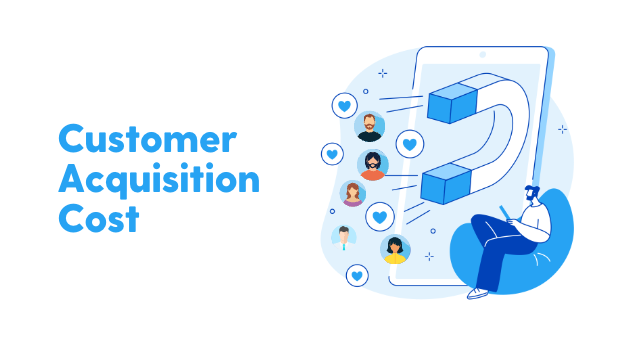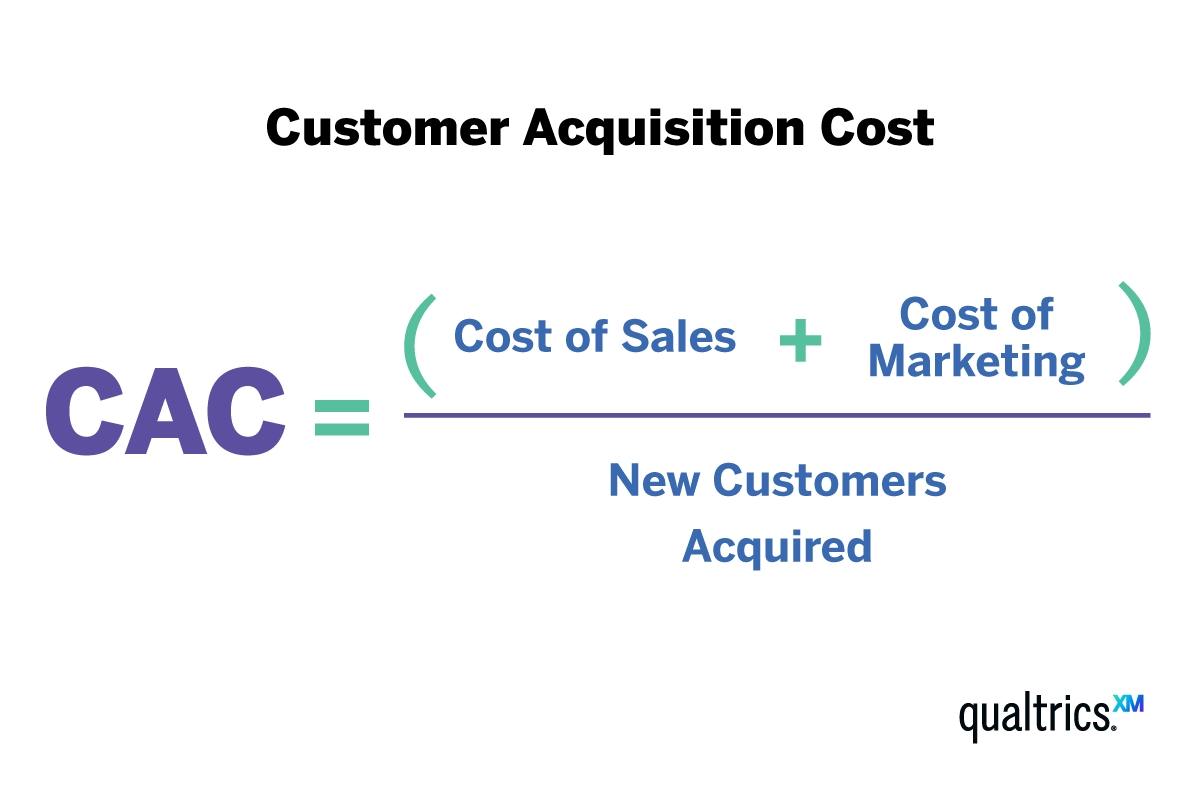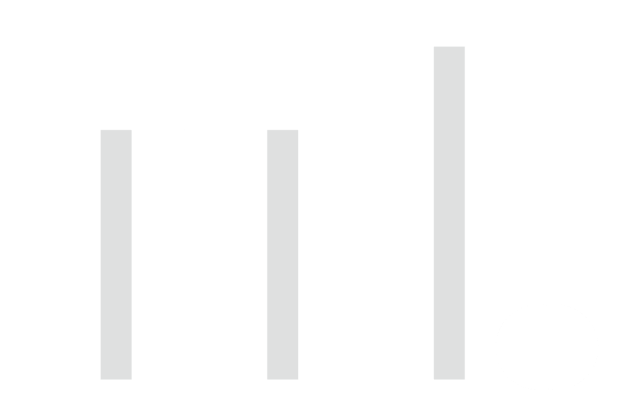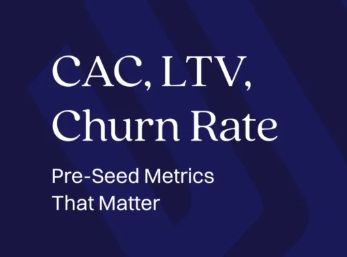Back
Account Deleted
Hey I am on Medial • 6m
User acquisition cheat codes every Indian startup founder should know: If you’re building in India, especially for the consumer market, your user acquisition strategy needs to be built around distribution hacks, low CAC, and local behaviour. Paid marketing is rarely enough — and usually unsustainable for early-stage startups. 1. Start with WhatsApp, not just Instagram Everyone thinks the playbook is influencer + reels. That’s not wrong, but it's crowded and expensive. WhatsApp still has the highest open and click-through rates in India. Start creating WhatsApp share flows inside your product: referrals, feedback, updates — all should lead to shareable messages. Example: Edtech app Kutuki scaled in Tier-2 cities using teacher-parent WhatsApp groups. They seeded helpful PDFs and free songs — and added referral hooks inside the files. 2. Leverage Bharat: speak in their language India isn't one market. If your app is only in English or Hindi, you're ignoring 500M+ potential users. Localisation is not a luxury — it’s a growth lever. Translate your product, but more importantly, localise onboarding, push notifications, and even your customer support tone. Example: Kuku FM saw 70% growth after doubling down on Marathi and Tamil content. They realised people were searching in local languages — so they rewrote their SEO metadata in regional terms. 3. Don’t just ask for referrals — engineer them Referrals work only when they’re native to the product experience. Just adding a “Refer a friend” button doesn’t cut it. Tie referrals to key user actions — finishing a lesson, placing a first order, getting a reward. And make the reward double-sided (both referrer and referee). Example: CRED made referrals cool by giving access to exclusive drops. Meesho built its business by making referrers feel like sellers — empowering them with catalogues, margins, and pride. 4. Ride on top of bigger platforms User acquisition doesn’t always mean building your own traffic. Many Indian startups got their first 100K users by piggybacking on larger distribution platforms: ONDC (open commerce), PhonePe’s Switch platform, Paytm Mini Apps, or even Flipkart’s Seller Hub. Example: Magicpin integrated early with PhonePe Switch and got featured during their cashback campaigns — thousands of new installs without spending ad money. 5. Trust is your conversion rate Most Indian users don’t convert on first visit. They don’t trust fast. Trust signals — COD option, UPI compatibility, 24/7 chat support, testimonials in their language — these reduce drop-offs. Partner with familiar brands, show clear pricing, don’t force signups early. Example: DealShare added regional celebrity endorsements and COD — this one small change helped boost conversion in non-metro towns where credit card penetration was low. 6. Be smart about CAC math Don't try to compete with funded giants on ad bids. Instead, optimise your CAC/LTV ratio by identifying high-intent cohorts — for instance, people searching for specific problems (via SEO/YouTube), or people active in tight communities (like student groups or urban societies). Example: Yellow Class targeted moms’ Facebook groups in Delhi with parenting workshops. Their CAC was under ₹20 for the first 50K users — all from organic group promotion and word of mouth. hope this helps drop a like, follow Chamarti Sreekar for more , and share it with someone who would need this.

Replies (7)
More like this
Recommendations from Medial
Anup Thatal
IT enthusiastic | Fu... • 5m
Some glimpse of business full form ? GTM:- go to market LTV:- lifetime value MVP :- Minimum viable product GT:- General Trade SP:- selling price ROI:- return on investment ROAS:- Return on advertising spend DAU:- Daily Active user MAU:- Monthly A
See MoreVivek Joshi
Director & CEO @ Exc... • 6m
Unlock the secrets of startup success with our comprehensive guide on Decoding Unit Economics! In this video, we break down the critical components that can determine the fate of your early-stage venture. Learn how to define your unit, calculate Cust
See MorePRATHAM
Experimenting On lea... • 1y
WTF is CAC (Customer Acquisition Cost)❓🤔👀 Let me explain this, Customer Acquisition Cost (CAC) is a key business metric that represents the total cost of acquiring a new customer. So, This includes all the costs associated with sales and marketing
See More
Vivek Joshi
Director & CEO @ Exc... • 7m
Decoding Unit Economics for Early-Stage Startups Unit economics is your startup’s compass. It tells you if scaling will make you rich—or broke. Here’s how to decode it, step by step: 1. Define a Unit: This could be a customer, order, or subscriptio
See More
Download the medial app to read full posts, comements and news.



































